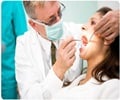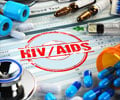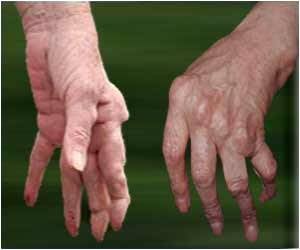According to researchers in California, the cancerous skin lesions known as Kaposi's sarcoma are densely related to HIV/AIDS, but the virus that
According to researchers in California, the cancerous skin lesions known as Kaposi's sarcoma are densely related to HIV/AIDS, but the virus that causes Kaposi's was widespread among US gay men before the HIV epidemic ever started. Their study also exposed that far into the HIV when more men were implementing safe anal sex but largely not protecting themselves during oral sex--the Kaposi's-linked virus remained common. They think that transmission routes other than anal sex, including oral sex, may be key in the spread of the cancer-causing virus, called Kaposi's sarcoma-associated herpesvirus (KSHV).
According to Dr. Dennis H. Osmond, lead author,that the data strongly suggest that avoiding unprotected anal intercourse is not enough to avoid acquiring this viral infection However, he added, this study cannot establish that positively because it did not look at each man's individual sexual behavior and his risk of KSHV infection. KSHV, also known as human herpesvirus 8, is believed to be necessary for Kaposi's sarcoma to develop. In most healthy people the virus is unlikely to lead to Kaposi's sarcoma, but the immune system damage caused by HIV makes infected individuals susceptible to the cancer.Because of the cancer's close relationship to HIV and AIDS, experts have suspected that the HIV epidemic triggered the similar one seen with KSHV infection. But in looking at blood samples from homosexual men involved in three San Francisco studies from the late 1970s to the 1990s, Osmond's team found that KSHV was prevalent when HIV infections were still "close to zero." What's more, it remained stable over the two decades--even after both HIV prevalence and unprotected anal sex dropped substantially among men in the study.
From 1975 through 1981, the researchers report, about 20% of the men were positive for KSHV. That percentage held steady through 1996, when about 25% of men had the virus. Yet during the same period, HIV prevalence varied greatly, peaking in the mid-1970s at nearly half of men in one study, then declining to around 15% among men in another study in the early-1990s.In addition, the proportion of men reporting unprotected anal sex fell from more than half in the mid-80s to 11% in 1993, according to one study the researchers analyzed.
On the other hand, unprotected oral sex remained common throughout the study periods, ranging from 60% to 90%."The inference," the researchers write, "is that behaviors remaining highly prevalent during this period, such as unprotected penile-oral intercourse...seem more likely transmission routes (of KSHV)." However, Osmond's team points out that there is "no consensus" on how KSHV is typically transmitted among gay men, and this study cannot answer that question.
They speculate that KSHV--an apparently "ancient virus"--may have long been endemic among homosexual men without being noticed. In the US, they note, KSHV-infected people without HIV rarely develop Kaposi's sarcoma.Osmond pointed out that the cancer has seen a recent decline in the US HIV-positive population. Some, he said, have suggested that this might be due to a decline in KSHV transmission--a belief that seems to be wrong based on these findings.
Instead, Osmond said, the decline in Kaposi's sarcoma appears to be the result of patients' better immune function since the introduction of powerful drug "cocktails" containing protease inhibitors.











